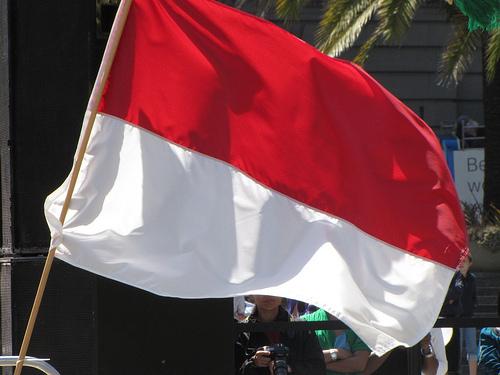
Indonesia facing different economic pressures compared to ASEAN-5 peers
In line with falling commodity prices.
Commodity prices in Indonesia are falling again, with the weighted average price of commodities exported by the country down 13% since June 2014, having held steady over the prior year.
According to a report from UBS, a stronger US dollar is partly to blame, but so is weaker Chinese growth data – Tao Wang, UBS’ Chief China Economist, recently downgraded 2014 growth forecasts and projects a further slowdown from 7.2% real GDP growth in 2014 to 6.8% in 2015.
In an ASEAN-5 context lower commodity prices are disproportionately painful for Indonesia because commodity exports equate to around 60% of total exports – far above the 15-35% range for Thailand, Philippines and Malaysia.
It follows that Indonesia may be facing different economic pressures to its ASEAN-5 peers.
Here's more from UBS:
In some respects the economic and cyclical position faced by Indonesia shares similarities with Peru, Chile and Brazil. As with Indonesia, commodities represent a high share of exports in these three Latin American economies (circa 80% in Peru, 60% in Brazil and Chile).
According to our colleagues in UBS’ Latin American Economics team, each of these economies has benefitted from a commodity related investment boom that is now fading, generating a drag on growth – similar to our diagnosis of Indonesia.
Also in sympathy with Indonesia, the slowdown in the domestic economy has not yet been sufficient to close current account deficits which have widened as savings failed to keep up with investment outlays.
Naturally these points come with a host of caveats. A hardly exhaustive list of differences might begin with the fact that Indonesia, Chile, Peru and Brazil do not export the same commodities. The Latin economies’ commodity exports are relatively more metals centric while Indonesia’s are more energy centric – although (Chinese) industry arguably burns the latter to melt the former.
Basic economic characteristics also differ: Indonesia’s GDP per capita is considerably lower than the Latin American economies’, while Chilean and Peruvian populations of 17 and 30 million are far lower than that of Indonesia.
And there are different domestic economic and policy dynamics in play. This said, our Latin American colleague, Rafael de la Fuente, notes business confidence has been sapped by tax reform in Chile alongside political uncertainty and corruption scandals in Peru – topics that have also crept up in Indonesia’s commodity sector.
The economic debate in Indonesia is focused on the new government, (subsidy) reforms and potential Fed policy tightening. However, demand for Indonesian exports beyond the US and EU also matters.
With Chinese growth projected to slow further we are inclined to look for Indonesia’s currency to see more of the pressures faced in the recent past by its Latin American peers rather than enjoy the comparative stability recorded by the baht, peso and ringgit in recent quarters.























 Advertise
Advertise











